
This cocobolo wood that you are about to buy in a precious piece of furniture may have been cut without permits and camouflaged in a truck with other legal and illegal logs.
Perpetrators are specialists in evading authorities from the Environment and Energy Ministry and in making quick, millionaire sales. That’s why it’s so common. Half of environmental crimes in Guanacaste are for illegal logging.
The most common tactic is laundering the wood, a process of hiding the fact that the wood was cut illegally, according to specialistas at Sinac and the prosecutor’s office.
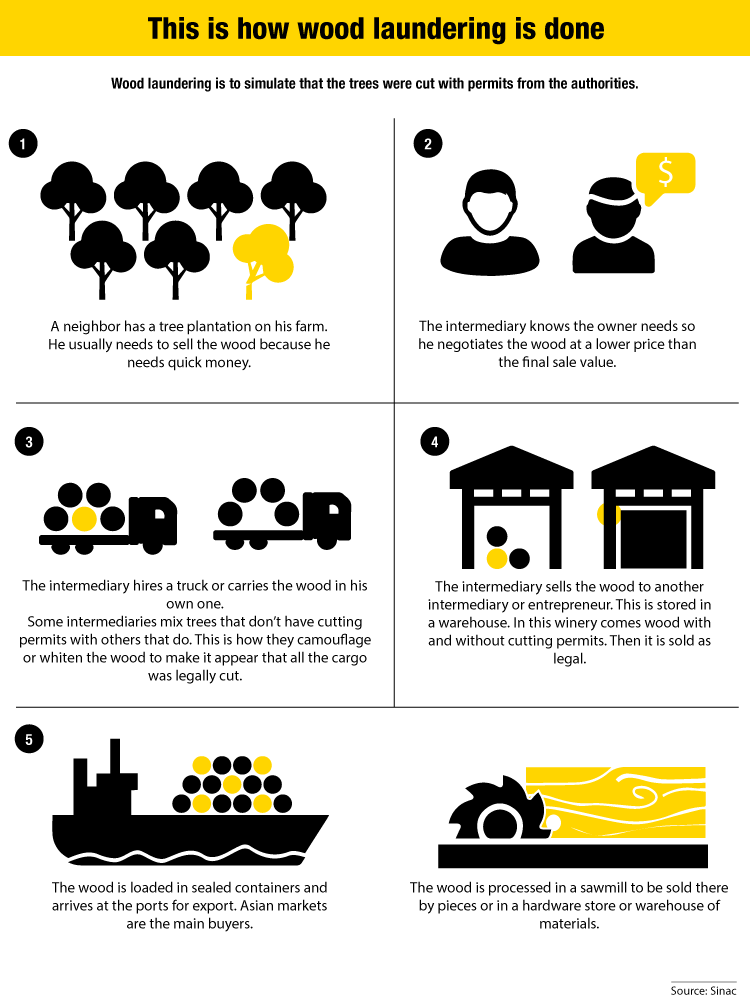
How do they do it?
In 2015, a resident of Santa Cruz whose last name is Arrieta had three pochote trees on his property. An acquaintance of hers wanted the wood and paid her ¢70,000 for one of the trees, but she didn’t have Minae permits to cut it.
She told Arrieta to cut it while she filed the paperwork. Once it was cut she charged him a part of the amount and then requested an inspection from Minae, saying that the trees were cut down by residents of the community because they were a danger for their homes and lives.
With this tactic, many try to get the ministry to give them permission to move the wood off their property and then sell it illegally.
The case occurred in the district of Tamarindo, Santa Cruz, according to file number 15-001174-412-PE. The neighbor was declared responsible for violating the forestry law and, while she didn’t go to jail, she had to pay ¢560,000 ($930) for environmental damage.
This is one of the ways to “launder” wood, but it isn’t the only way, according to forestry engineer Carlos Pizarro from the National System of Conservation Areas (SINAC) office in Santa Cruz and who participated in the confiscation for this case.
Another one of the strategies that illegal loggers use is to buy trees or logs from property owners that need to sell quickly, usually because the property is pending impound or they need money urgently.
Some of these property owners have Sinac permits, but others don’t. Intermediaries value this in order to buy the trees at below market price and mix the illegal pieces with legal ones, attempting to fool authorities.
The wood goes to sawmills, material deposits or even the lobby of a luxurious hotel in China, Pizarro said. The earnings come quick and in millionaire sums and it’s hard for a consumer to tell if a piece of furniture is made from illegal wood or not because there is no stamp that guarantees the wood comes from sustainable trees, Pizarro said.
“A cocobolo tree can be worth up to a million colons, but a property owner receives ¢700,000 or ¢500,000,” Pizzaro said. In the international market, cocobolo can fetch 10 times its original value, the official said.
That’s why fines aren’t enough to stop the problem. Environmental prosecutor José Pablo González says that the penalties for environmental crimes should be harsher and that congress should approve a law reforming the criminal code and increasing the penalty.
Selling the wood implies other crimes. Some of the intermediaries are also drug traffickers, Gonzalez said. The ministry suspects that illegal wood shipments are also used to hide drugs.
The tentacles of these networks stretch through all countries. According to the United Nations 30 percent of wood sold worldwide is illegal.
Complaints Increase
Complaints for illegal logging top the list of crimes in the last four years in Guanacaste. In 2015, people filed 121 criminal complaints, according to a Voice of Guanacaste analysis with data from Minae’s Comprehensive Environmental Criminal Complaint System
The number climbed every year and reached 233 in 2018, doubling what it was three years ago.
Add up all four years and illegal logging is almost half of all complaints. Illegal water use is next at five percent and hunting at four.
In order to win the battle against environmental crimes, people need to report it, according to environmental prosecutor, José Pablo González.
He recommends calling 911 and reporting suspicious activity to the authorities, or filing a complaint through Minae’s website. You can attach short videos and photos to the website and you will receive an email notification of your complaint, which can be anonymous or public.
Another telephone number to dial is 1192. It functions from 7 a.m. to 5 p.m. and Minae officials take complaints in English and Spanish.
What can you do if you see a truck that you think is transporting illegal wood? Try and determine if the wood has any visible plates or orange colored sticker, recommends the prosecutor’s office. This sticker is the permit that Minae grants to transport the wood. If it doesn’t have one, use the methods mentioned above to report it.


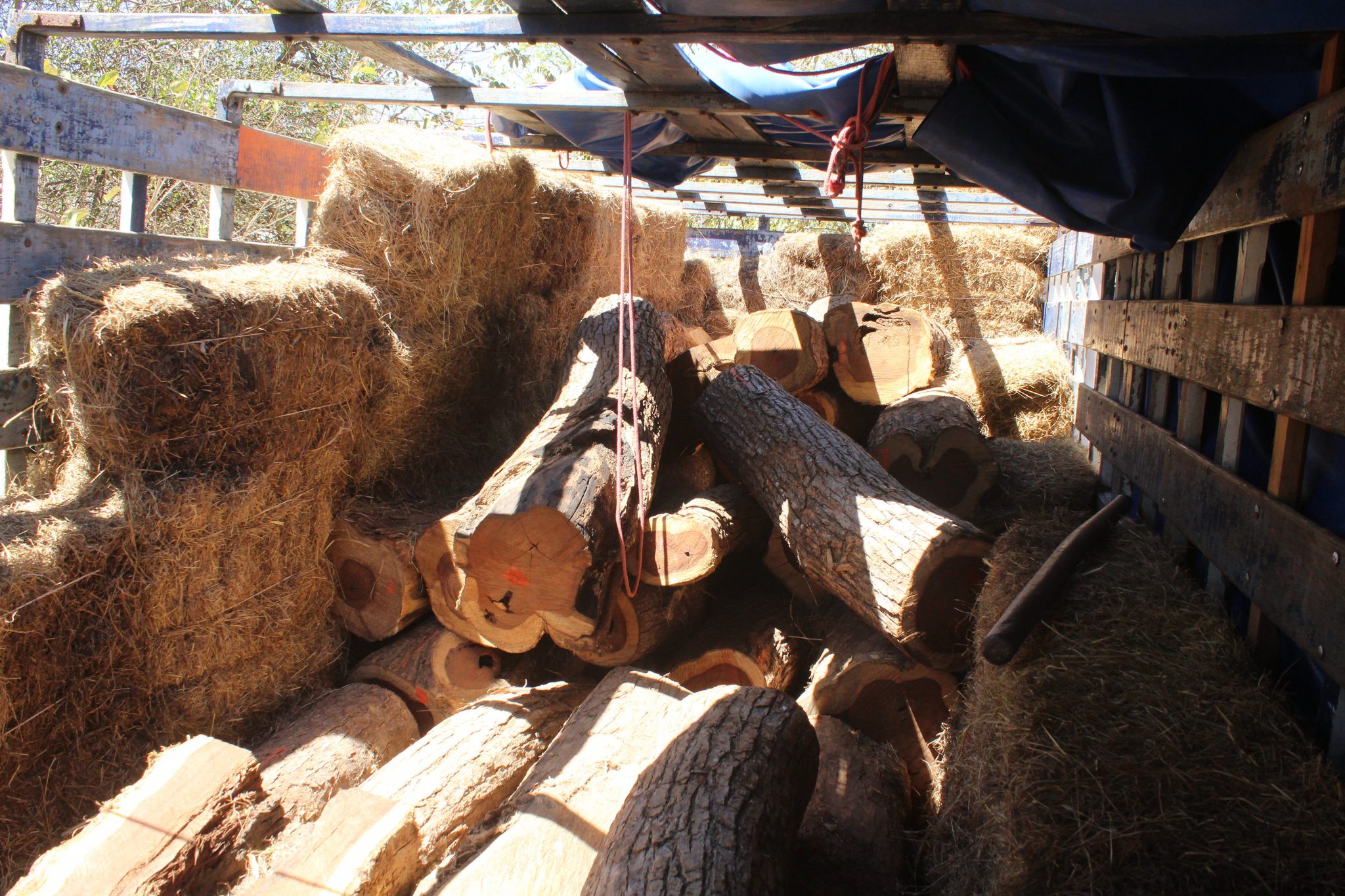
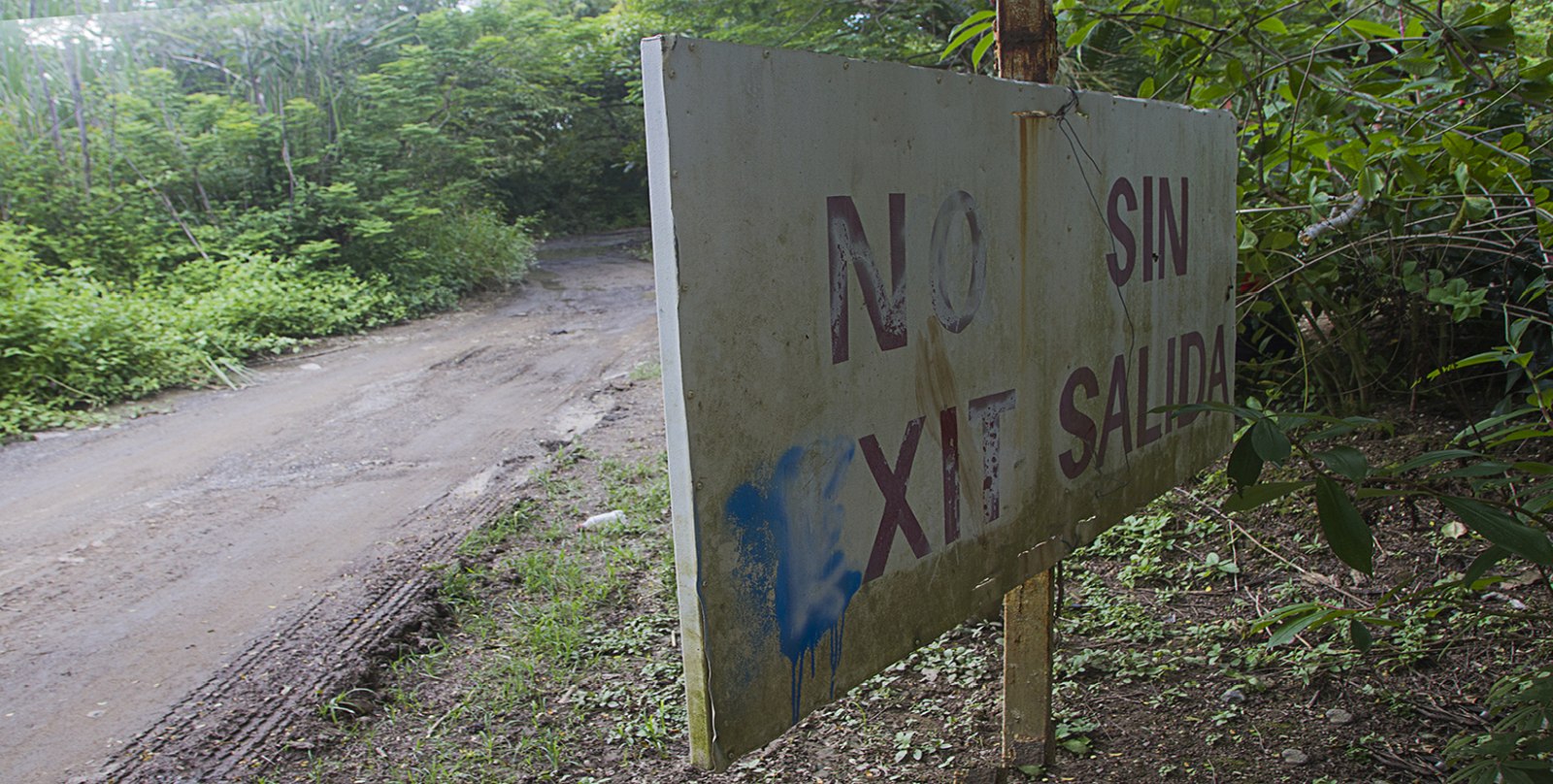
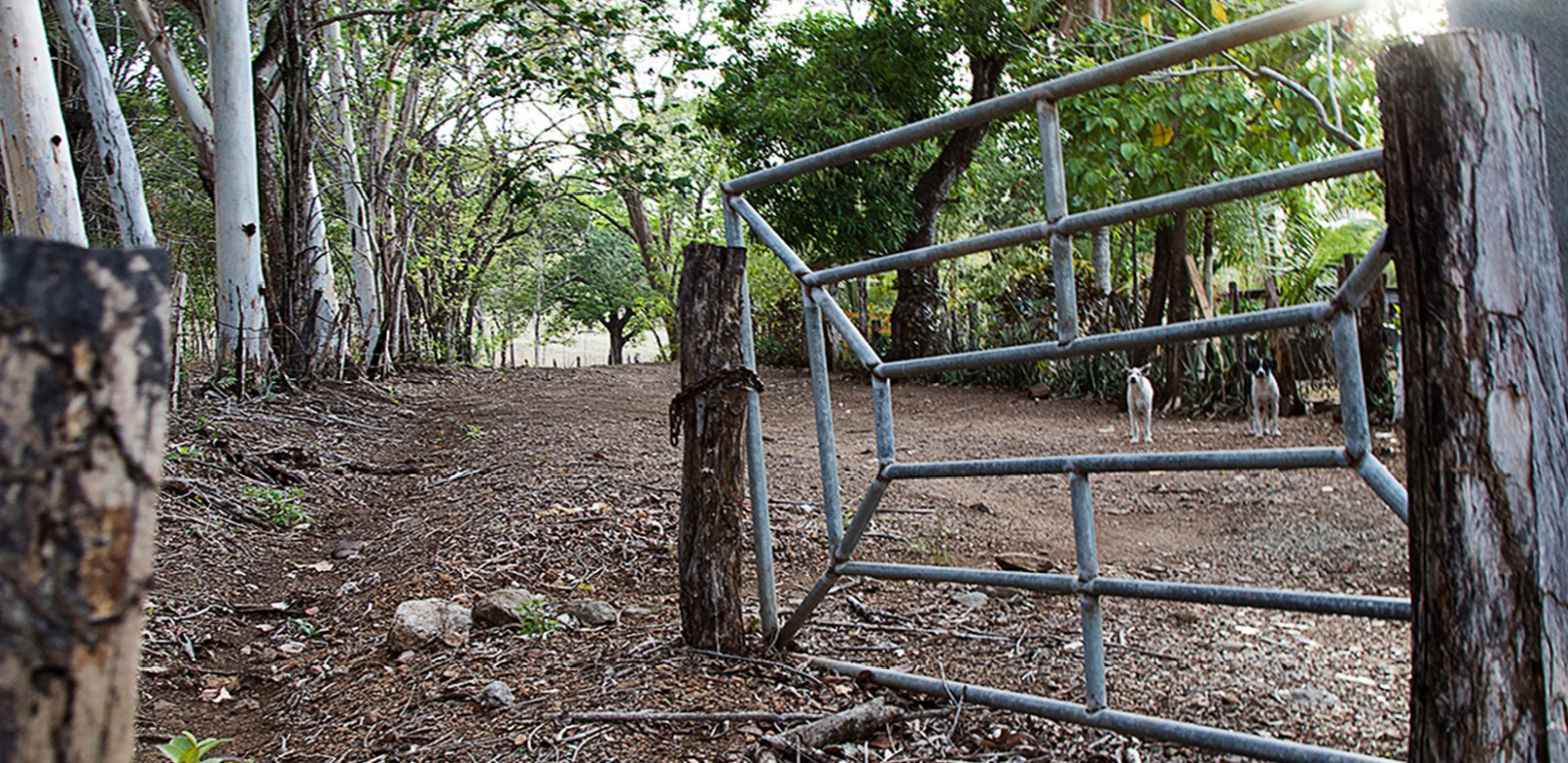
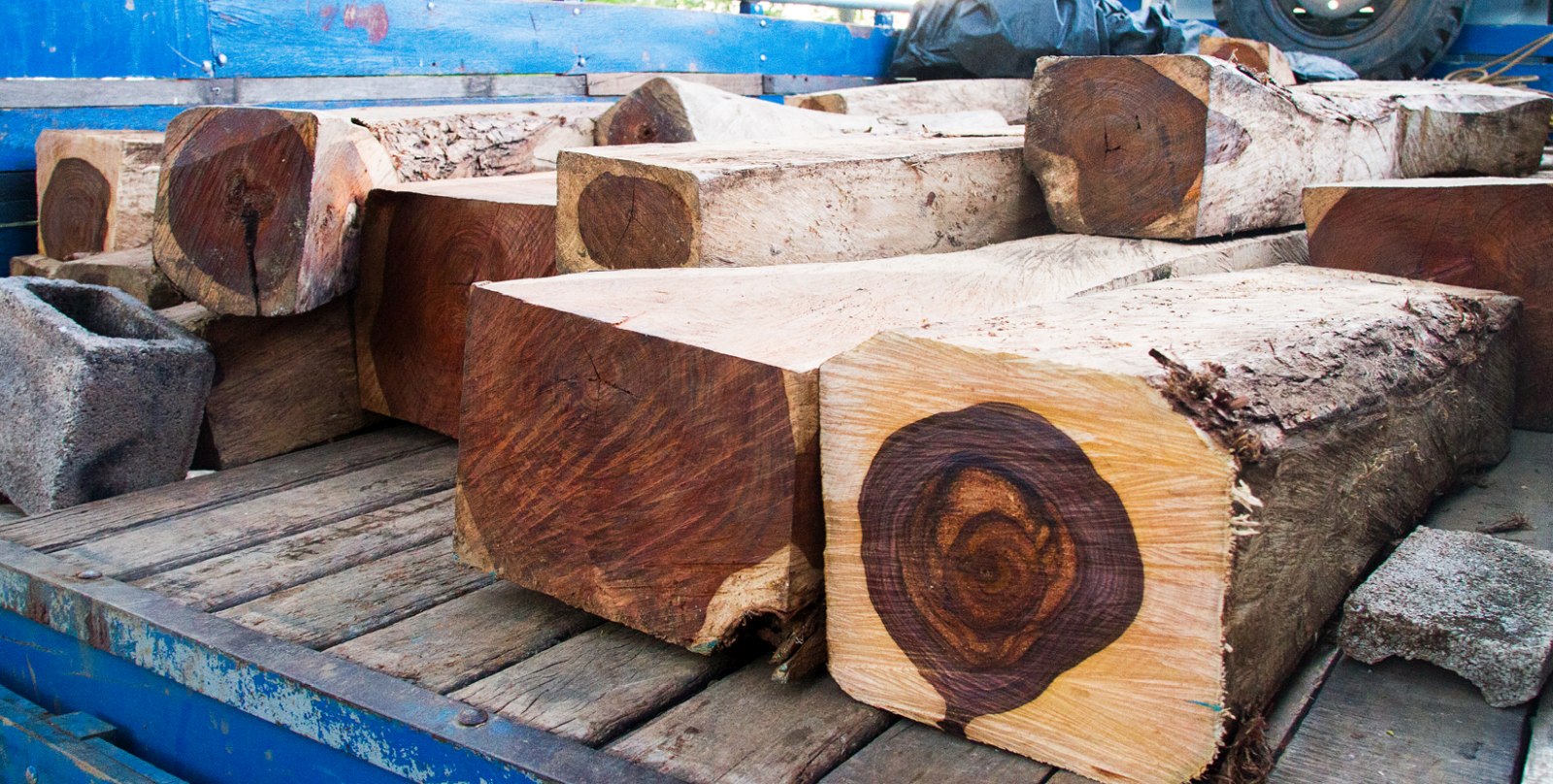

Comments